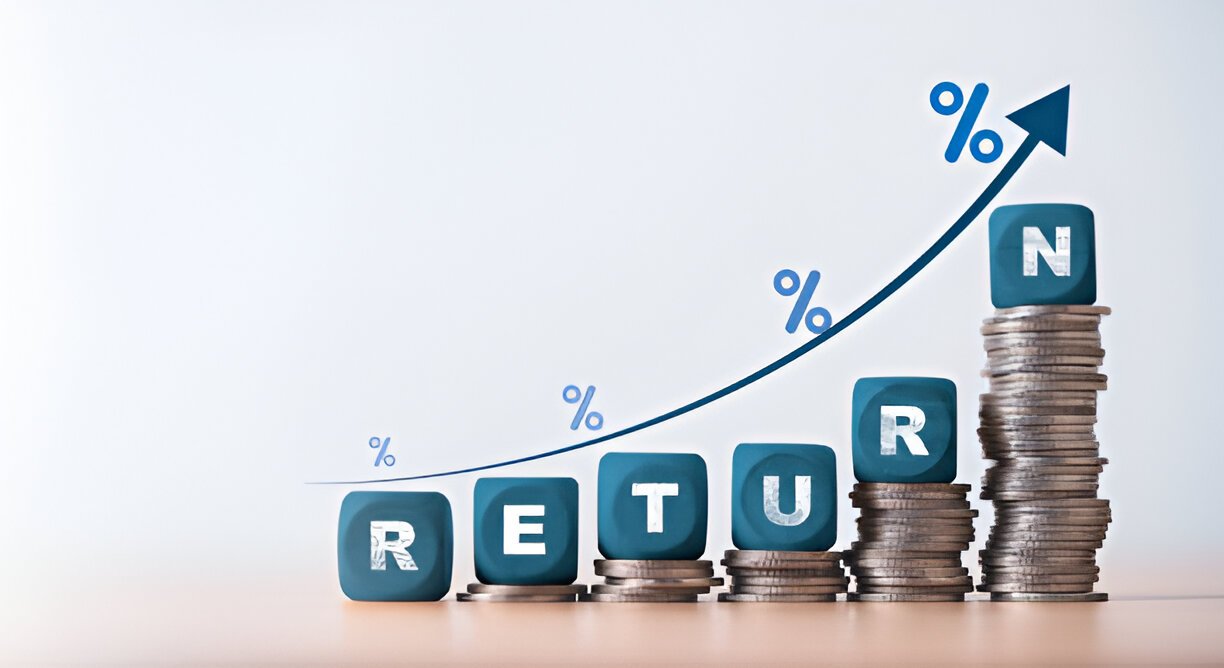As an investor, I often hear about the “average returns” mutual funds promise. But when I dig deeper, I realize that actual returns—what I actually earn after fees, taxes, and inflation—are far more important. In this article, I break down how mutual fund returns work, what affects them, and how to calculate real-world performance.
Table of Contents
What Are Actual Returns?
Actual returns represent the real profit (or loss) an investor makes after accounting for all costs. Unlike advertised returns, which often highlight gross performance, actual returns consider:
- Expense ratios (management fees)
- Taxes (capital gains, dividend taxes)
- Inflation (purchasing power erosion)
- Load fees (sales charges, if applicable)
The Formula for Actual Returns
The simplest way to calculate actual return (R_{actual}) is:
R_{actual} = (1 + R_{gross}) \times (1 - F) \times (1 - T) \times (1 - I) - 1Where:
- R_{gross} = Gross return before costs
- F = Total fees (expense ratio + load fees)
- T = Tax rate on gains
- I = Inflation rate
Example Calculation
Suppose I invest in a mutual fund with:
- Gross return (R_{gross}) = 10%
- Expense ratio (F_{expense}) = 1%
- Load fee (F_{load}) = 2% (one-time)
- Capital gains tax (T) = 20%
- Inflation (I) = 3%
First, I adjust for fees:
R_{after-fees} = (1 + 0.10) \times (1 - 0.01) \times (1 - 0.02) - 1 = 6.82\%Then, I account for taxes and inflation:
R_{actual} = (1 + 0.0682) \times (1 - 0.20) \times (1 - 0.03) - 1 = -1.34\%Shockingly, my “10% return” turns into a -1.34% loss in real terms.
Key Factors Affecting Actual Returns
1. Expense Ratios Eat Into Profits
Mutual funds charge annual fees, typically between 0.5% to 2%. Over time, these fees compound, drastically reducing net returns.
| Expense Ratio | Annual Return (Gross) | Net Return After 20 Years |
|---|---|---|
| 0.25% | 8% | 7.75% |
| 1.00% | 8% | 7.00% |
| 2.00% | 8% | 6.00% |
A 1% fee difference can cost me $30,000+ over 20 years on a $100,000 investment.
2. Taxes: The Silent Return Killer
Capital gains distributions and dividend taxes reduce returns. Actively managed funds generate more taxable events than index funds.
| Fund Type | Pre-Tax Return | After-Tax Return (25% Tax Rate) |
|---|---|---|
| Active Fund | 9% | 6.75% |
| Index Fund | 9% | 8.10% |
3. Inflation Erodes Purchasing Power
If a fund returns 7% but inflation is 3%, my real return is just 4%. Over decades, inflation can halve the value of my money.
4. Load Fees: An Unnecessary Drag
Some funds charge front-end (3-5%) or back-end fees (1-2%). Avoiding load fees can save thousands.
How to Maximize Actual Returns
- Choose Low-Cost Funds – Index funds (e.g., S&P 500 ETFs) often outperform high-fee active funds.
- Tax Efficiency – Hold funds in tax-advantaged accounts (IRA, 401(k)).
- Watch Turnover Ratio – High turnover = more taxes.
- Reinvest Dividends – Compounding boosts long-term returns.
Final Thoughts
Actual returns are what truly matter. By minimizing fees, optimizing taxes, and accounting for inflation, I can ensure my investments grow meaningfully. Always look beyond headline numbers—real wealth is built on net returns, not gross promises.





